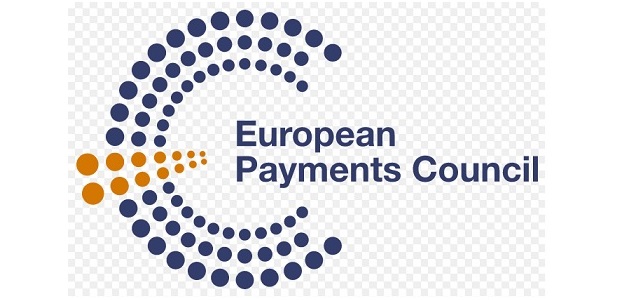
The public consultation on the SEPA Instant Credit Transfer (SCT Inst) scheme will be running until 10 July 2016. While many stakeholders are in the process of reviewing the rulebook and preparing their response to the public consultation, the EPC invites some of them to share their thoughts on the scheme in a series of EPC Blogs.
EPC launched this series with an interview with Gunnel Silvén, Senior Advisor Payment Infrastructure at Swedish bank Handelsbanken, and Henrik Bergman, Senior Manager in Market Infrastructure at Swedish bank SEB. Both participated in the steering committee for the implementation project of the Swedish mobile instant payment solution, Swish.
Sweden is one of the European countries at the cutting edge of instant payments technology. Instant payments are already a reality in Sweden. What do you expect of the EPC SCT Inst scheme, and what will it bring to your customers?
It is true that instant payments were launched in Sweden a couple of years ago. When Swedish banks join the SCT Inst scheme, customers actively using payment services in euro will have access to the same benefits as customers in euro countries. However, for most Swedish customers the use will be limited as a large majority of payments are national and in Swedish Krona.
The initial maximum duration of an SCT Inst transaction is set in the draft rulebook, currently under consultation, at 10 seconds, and the initial maximum amount at 15,000 euro. How do these thresholds compare to the existing Swedish instant payment solution, Swish?
The maximum value 15,000 euro is very similar for Swish. However our approach to the maximum level is a little bit different. In Swish the maximum value has been set as the rulebook and system maximum. In practice however, the maximum levels for the payers are set in different ways by the respective payer’s bank or by the customers setting their own limits. Swish is primarily used as a substitute for cash in the Person-to-Person (P2P) service. The e- and m-commerce service is a substitute to other digital payment services, very much in line with card or direct debit services. In consequence, the set levels are often the same as for card transactions.
A general reflection is that the maximum amount limitation will initially be a challenging element in the pan-European environment, characterised by different market needs.
Do you think that the SCT Inst scheme can learn some useful lesson from the Swish experience?
Yes, absolutely. But at the same time it is important to see that there are differences. The SCT Inst scheme is indeed quite different to Swish. While SCT Inst will be a general interbank rulebook for the Payment Service Providers (PSPs) to develop payment services, Swish is a defined payment service scheme in itself, for participating PSPs to offer services to their customers.
However, our lessons are that it is important that the transaction and message flows are set up with the aim of causing as few exceptions as possible.
Based on our experience we think that the idea of a number of different kinds of maximum time outs should be reconsidered. We have had difficulties with pending transactions in a real time environment.
A coherent customer communication of the status of the transaction is vital.
Our view is also that different payment situations affect the expectations from the customers. P2P payment situations differ a lot from Person-to-Business (P2B) situations. This will be an interbank challenge for SCT Inst rulebook participants.
Do you expect Swedish Payment Service Providers to participate in the SCT Inst scheme in its early days? What would they need to do in order to get ready for the launch of the SCT Inst scheme in November 2017?
That will be up to each Swedish PSP to consider. For Swish we believe that the work done in the open stakeholder forum in the mobile P2P interoperability is an important area for a widespread use of the SCT Inst.
In the long run, how would you like the SCT Inst scheme to evolve?
Over time we foresee that the SCT Inst scheme could meet many different needs for instant payments including demand from all types of client segments. At a certain point in time there will also probably be demand for interoperability between payment solutions based on the SCT Inst in euro and instant payment solutions developed for non-euro transactions.
Could you explain what Swish is?
The Swedish mobile instant payment solution, Swish, allows for 24/7 real-time P2P and P2B payments for small businesses and organisations as well for e- and m-commerce. The payments are interbank transfers settled individually in real time. The solution is flexible and open for additional banks to join. New types of payment services can be added over time. The payment solution relies on two components: a smartphone application (Swish) for initiating and reporting payments and a real-time payment and settlement system (BiR owned by Bankgirot). Every subscriber to Swish has associated their bank account with their mobile phone number (businesses and organisations have proxy numbers). The payer enters the payee’s mobile number (or proxy), and authorises the payment through the mobile bank ID application which is connected to the Swish application. The payer’s account is debited and the payment instruction is settled in BiR. The payee’s bank receives the payment information and credits the payee’s account. Both the payer and the payee are notified through the Swish application. End-to-end it takes a few seconds.
Source: europeanpaymentscouncil.eu
Banking 4.0 – „how was the experience for you”
„To be honest I think that Sinaia, your conference, is much better then Davos.”
Many more interesting quotes in the video below: